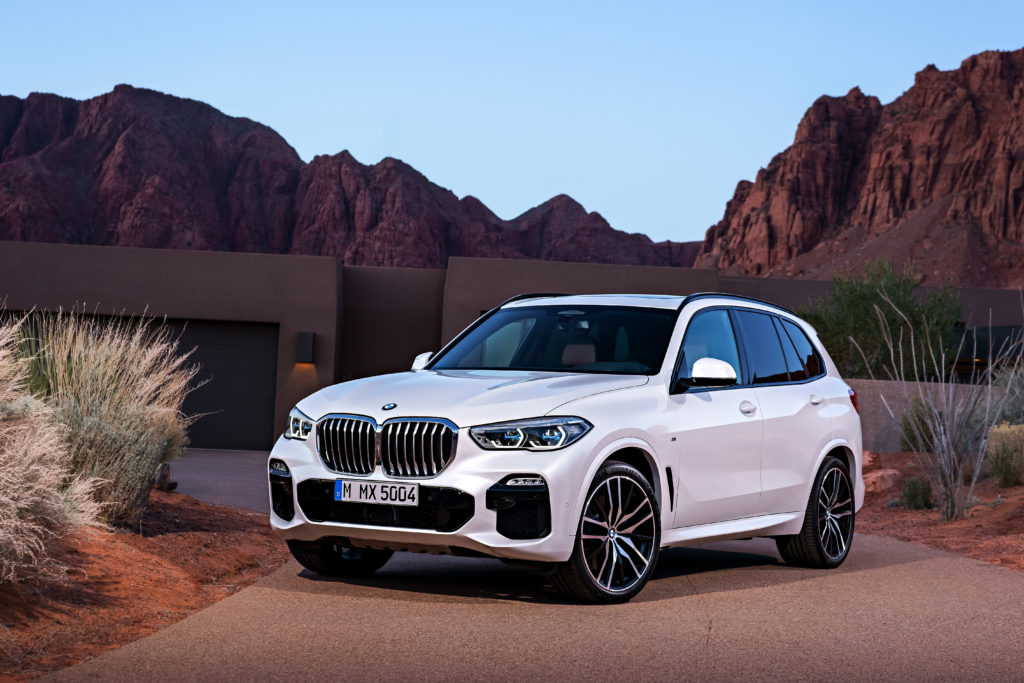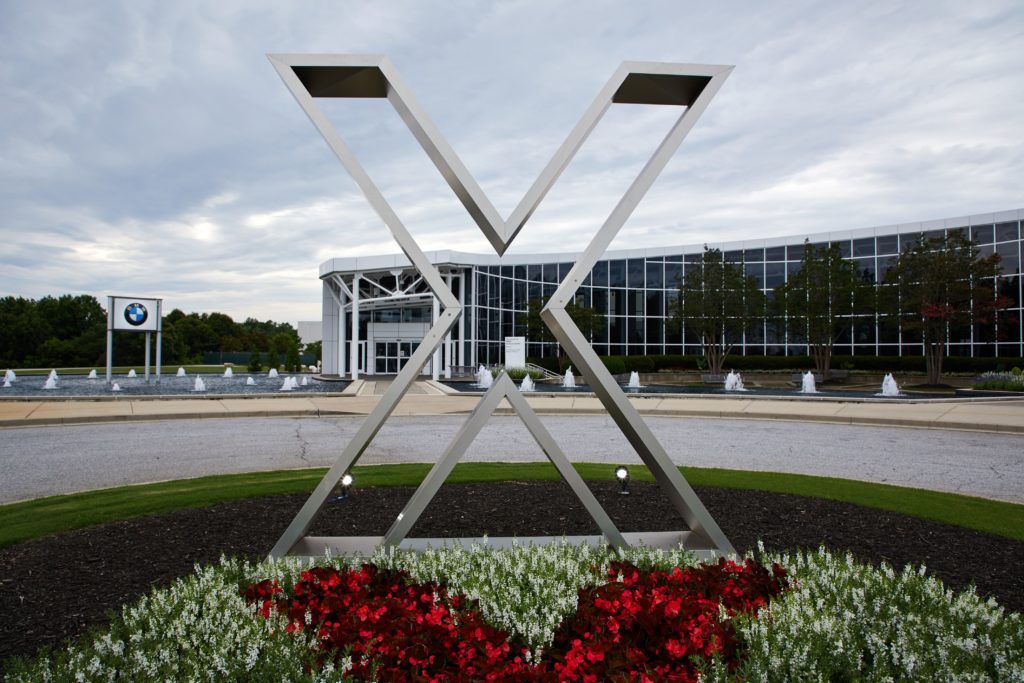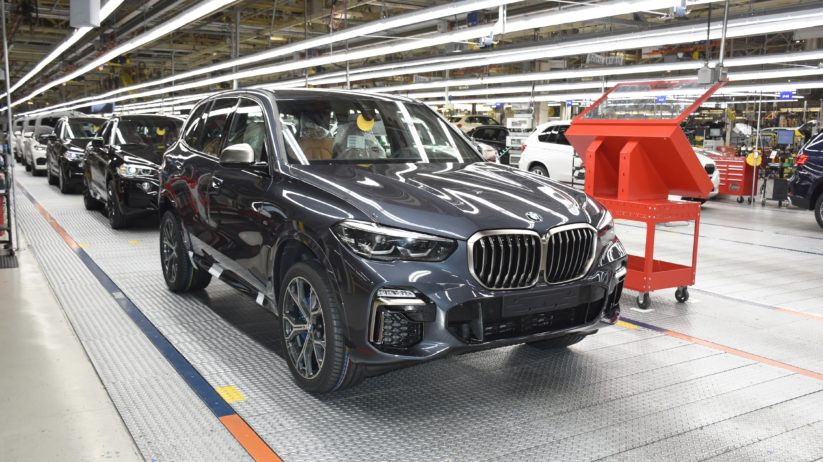BMW recently grabbed global news headlines after an agreement with their longterm Chinese partner Brilliance came across the wires, with a promise of 520,000 vehicles being produced annually between two mainland facilities. At the same time, misleading information was conflated to suggest that the automaker was also going to pare future investment and production efforts at the Spartanburg, South Carolina, manufacturing plant, where a target of 450,000 units a year by 2021 has been set.
BMW promptly cleared the air, assuring media outlets that there are no plans to alter any of the scheduled $200,000,000 worth of investments that are set for the facility over the next five years.
In fact, that $200,000,000 follows another $220,000,000 that had been channelled into vocational and continued training for employees of the facility over the past decade, a large amount of which has most certainly gone toward building the vehicle that kicked off the SAV segment some twenty years ago: the X5.
Now BMW Plant Spartanburg is in the midst of a manufacturing ramp-up for the upcoming fourth-generation X5, which is slated to commence production late this summer. The new model offers previously unexplored levels of luxury, technology, and performance, and is expected to continue the game-changing success of its ancestral lineage and the X-model line as a whole.

Details of the upcoming X5 are extensive and too long to repeat here, but readers are welcome to immerse themselves in our full rundown. Sales of the currently available third-generation X5 remain strong, with that model helping to lead U.S. deliveries along with the all-new X2 and the third-generation X3. But going back to the late 1990s, it was the original E53 X5 that pulled a Steve Jobs marketing trick on the world, with the creation of a brand-new vehicle segment that has since experienced runaway success. Mercedes may have beat BMW to market with their M-Class—which is also produced in U.S.—but it can’t hold a candle to the success of the roundel-wearing counterpart and the lineup it kicked off.
Since production began in 1999, more than 2,200,000 copies of the X5 have been sold, and in the U.S., it has remained in the top three best-selling BMW models every year since 2001. Tracking along with the success of the X5, the manufacturing facility in Spartanburg has followed in near lockstep. Initially announced in 1992 with manufacturing starting two years later in 1994, its initial staff was just 500, a figure that has grown to more than 10,000 today, with another 1,000 scheduled to come onboard in the coming years. Over the same period, the facility has also been expanded to become the largest BMW Group production site on earth.

The economics of Spartanburg are even more impressive than the statistics. Since WW II, the U.S. has been a manufacturing powerhouse, with a shift from volume to quality taking place over the past few decades. Today, more than 70% of the vehicles built at Spartanburg are shipped to export markets, which is good thing, considering the robust multiplier effect that the University of South Carolina claims for U.S.-based BMW facilities, with every ten jobs responsible for creating an additional 90 elsewhere in the economy as a direct result. Purchasing of American parts and materials for the plant totaled almost $6,000,000,000 for 2017, with resources coming from more than 300 U.S. suppliers.
Spartanburg could very well be described as one of the crown jewels in the BMW manufacturing system, and the upcoming X5 is just another example of what the plant and marque are capable of.—Alex Tock
[Photos courtesy of BMW AG.]





















